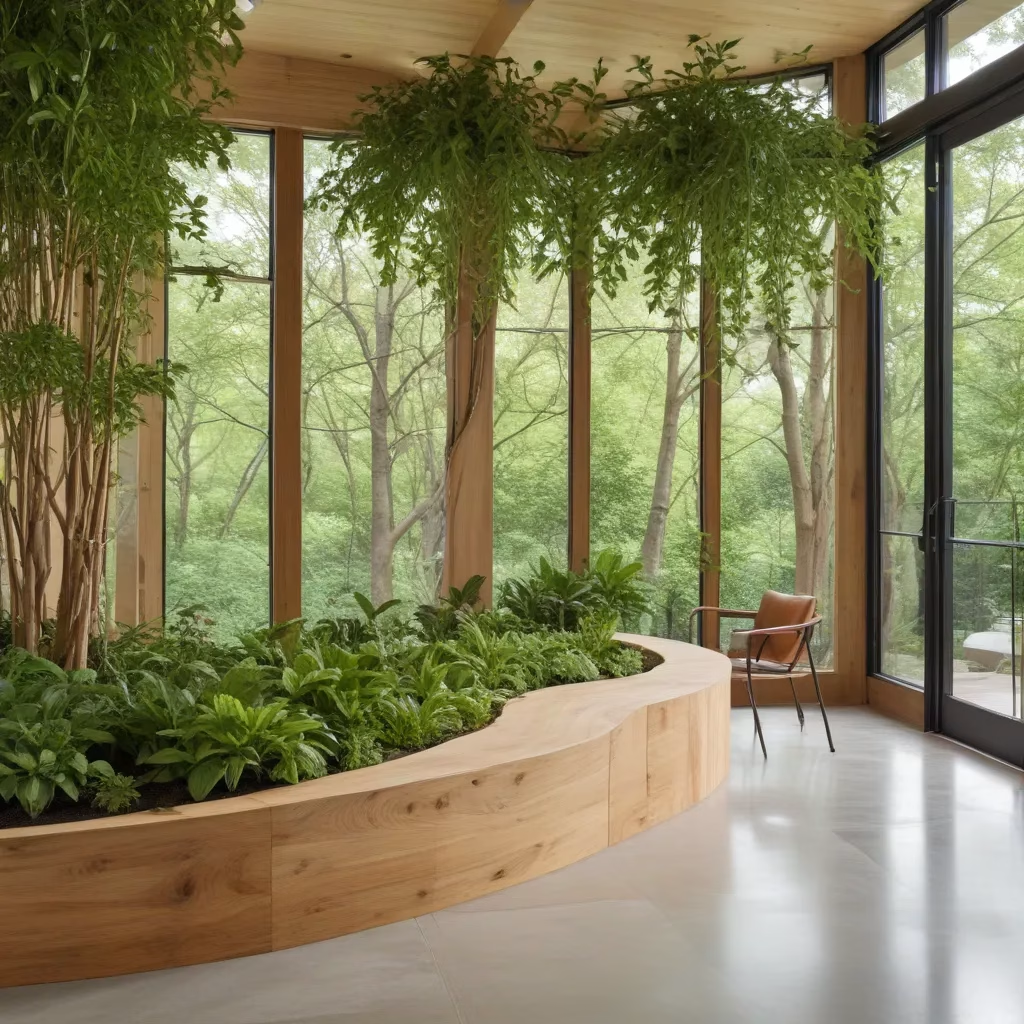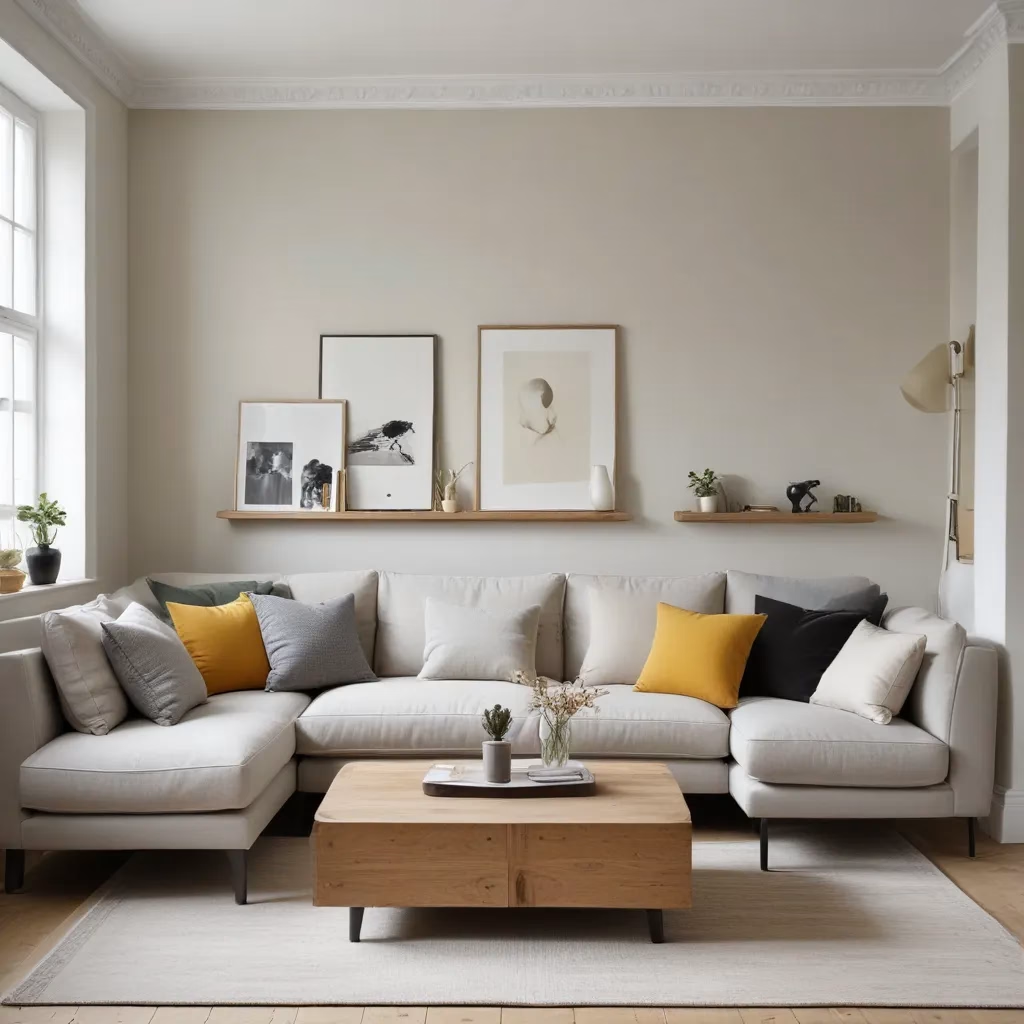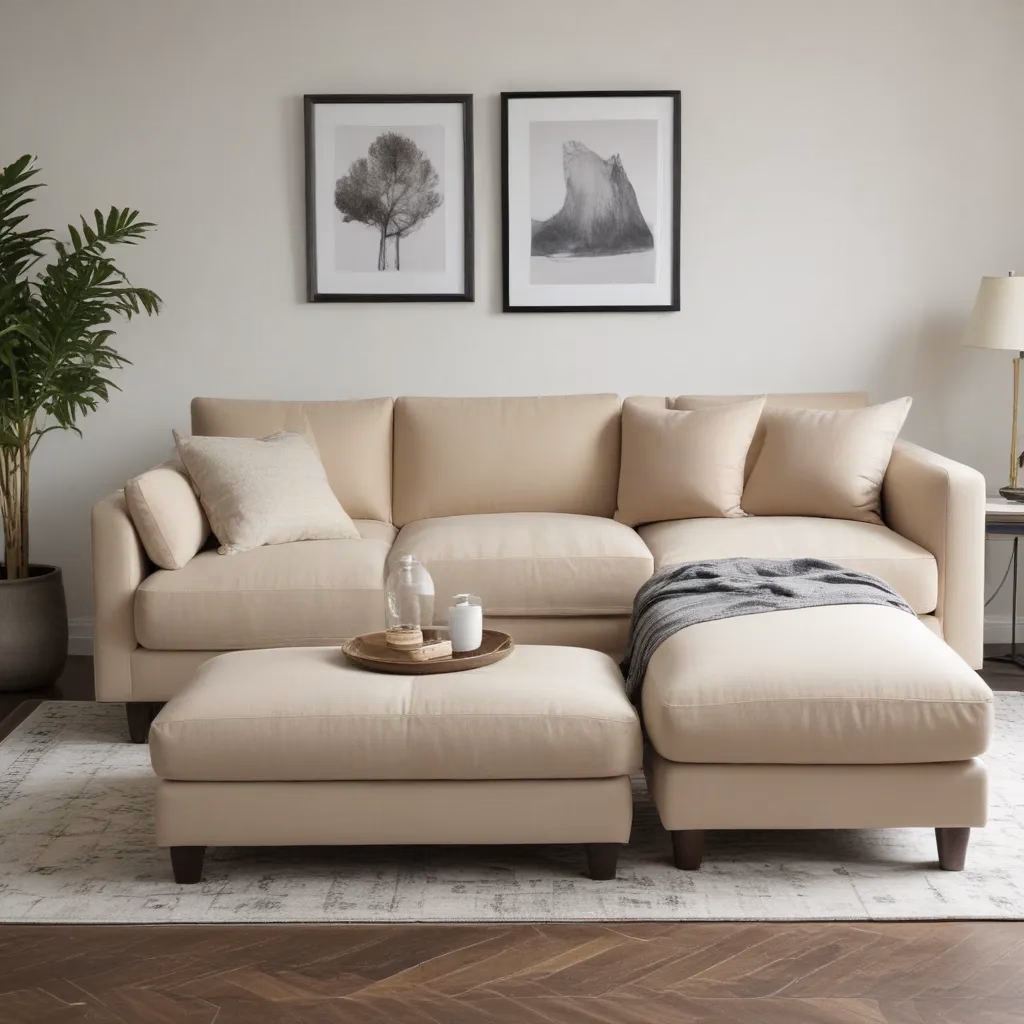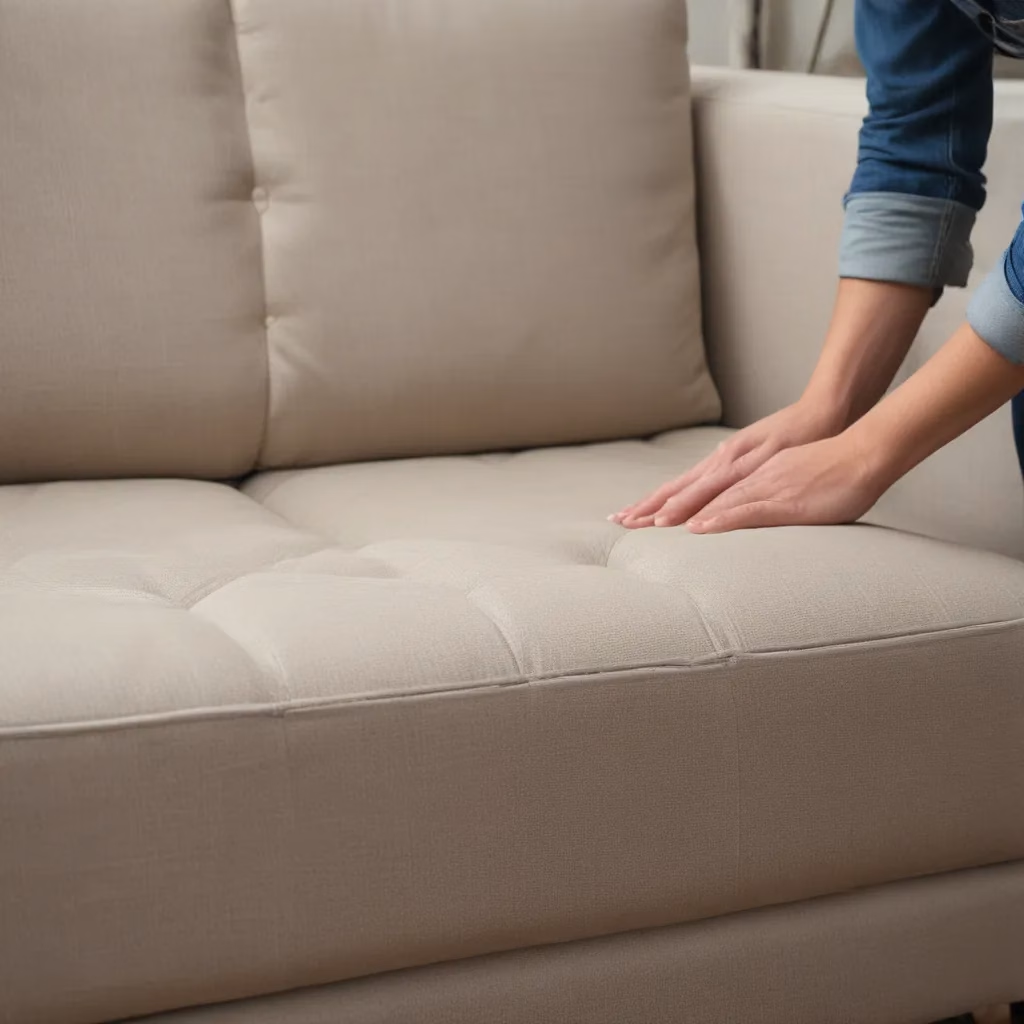
In today’s increasingly urbanized world, the desire to reconnect with nature has never been stronger. Biophilic design – an innovative approach that seeks to integrate the natural world into our living spaces – is rapidly gaining traction as a way to promote physical and mental wellbeing. By strategically incorporating natural elements, textures, and sensory experiences, biophilic design can transform our homes into restorative, nature-infused sanctuaries.
Now, this might seem counterintuitive…
As a furniture and interior design expert at SofaSpectacular.co.uk, I’ve seen firsthand how thoughtful biophilic principles can elevate the comfort and aesthetic of a living room. From carefully curated plant life to materials that mimic organic forms, there are endless ways to cultivate a healthier, nature-inspired home. Let’s explore some of the key considerations and design strategies that can help you bring the outdoors in.
Natural Fiber Upholstery
When it comes to sofa and chair upholstery, natural fibers like linen, cotton, and wool offer a range of benefits beyond just aesthetics. Not only do these materials have a soft, inviting texture that evokes the natural world, but they also tend to be more breathable and sustainable than their synthetic counterparts. Linen, for instance, is a durable, temperature-regulating fabric that improves in character over time, developing a beautiful patina.
The performance advantages of natural fibers are also noteworthy. Many are inherently stain-resistant and hypoallergenic, making them ideal for homes with pets or young children. And by opting for organic, undyed upholstery, you can minimize the introduction of harsh chemicals into your living space. Look for suppliers that specialize in eco-friendly, ethically-sourced natural fabrics to maximize the biophilic appeal.
Maximizing Natural Light
One of the cornerstones of biophilic design is the strategic integration of daylight and views to the outdoors. Positioning your sofa and other key furniture pieces to take advantage of windows and sliding glass doors can create a wonderful sense of visual harmony between the interior and exterior environments.
If your living room has limited natural light, consider rearranging the layout to open up sightlines to any available windows. Sheer curtains or sheers layered with blackout options can also help modulate the light levels while preserving a connection to the outdoors. Reflective surfaces like mirrors can further enhance the sense of openness and draw the eye outward.
Incorporating Greenery
Integrating living plants throughout your living room is a simple yet highly effective way to cultivate a biophilic aesthetic. Whether it’s a statement-making fiddle-leaf fig, trailing vines cascading from shelves, or a cluster of smaller potted succulents, the presence of greenery instantly evokes a sense of nature.
Beyond their visual appeal, houseplants also offer practical air-purifying benefits, helping to improve indoor air quality. Carefully select species that are well-suited to the light levels and care requirements of your space. Introduce a variety of textures, shapes, and heights to create visual interest and depth.
Layering Textiles and Textures
Textiles and natural materials can play a crucial role in creating a biophilic ambiance. Look for upholstery, throws, and accent pillows that feature organic patterns, earthy tones, and tactile qualities. Woven baskets, driftwood accents, and rattan furniture introduce additional layers of texture that mimic the irregularity and variation found in nature.
The juxtaposition of smooth and rough, soft and rigid can also be highly effective. For example, pairing a plush, velvet sofa with a rustic wooden coffee table or a wool area rug. This interplay of contrasting elements helps to engage the senses and evoke a sense of natural harmony.
Incorporating Biophilic Artwork
Art that reflects the natural world can be a powerful way to infuse your living room with biophilic elements. Look for landscape paintings, botanical prints, or abstract pieces that capture the colors, patterns, and rhythms of nature. Framing these artworks with natural wood or minimalist materials can further strengthen the connection to the outdoors.
Alternatively, you might consider incorporating sculptural pieces made from natural materials like stone, wood, or metal. These organic forms can serve as captivating focal points, drawing the eye and evoking a sense of wonder.
Flexible Furniture Arrangements
When arranging your living room furniture, aim for layouts that encourage a sense of prospect and refuge – two key biophilic principles. Position your sofa and chairs to take advantage of views to the outdoors, while also creating cozy, enclosed “nooks” that offer a sense of privacy and protection.
Modular, flexible furniture solutions can be especially beneficial in this regard, allowing you to adapt the space to your evolving needs and preferences. Sectional sofas, for instance, can be configured to optimize sightlines and traffic flow, while also providing intimate seating areas.
Sustainable Furniture Choices
Selecting furniture made from sustainable, natural materials is another important aspect of biophilic design. Look for sofas, chairs, and tables crafted from responsibly sourced wood, recycled metals, or plant-based fabrics and fillings. These eco-friendly options not only reduce your environmental impact but also contribute to the overall organic, nature-inspired aesthetic.
When possible, consider investing in high-quality, durable pieces that will stand the test of time. Vintage and secondhand furniture can also be a treasure trove of biophilic inspiration, with their unique, one-of-a-kind character and patina.
Lighting for Ambiance
Thoughtful lighting design can greatly enhance the biophilic experience in your living room. Incorporate a mix of task lighting for functional needs and accent lighting to highlight architectural details or showcase natural materials. Dimmers and adjustable fixtures allow you to fine-tune the ambiance, creating a soothing, nature-inspired atmosphere.
Whenever possible, maximize the use of natural daylight by strategically positioning your sofa and other furniture to take advantage of window views. Sheer curtains or blinds can help control the light levels while maintaining a connection to the outdoors.
Personalizing with Meaningful Decor
The final touch in cultivating a biophilic living room is the incorporation of personal, nature-inspired decor. This could include framed photographs of cherished landscapes, artisanal pottery or sculptures, or even found natural elements like driftwood, seashells, or river rocks.
These carefully curated accessories not only reflect your unique style but also help to reinforce the connection between your living space and the natural world. By intentionally selecting pieces that hold personal meaning or evoke a sense of wonder, you can create a truly personalized, biophilic sanctuary.
Embracing Biophilic Design
Biophilic design is not just a passing trend – it’s a powerful way to enhance our physical and mental wellbeing by fostering a deeper connection to the natural world. Whether you’re furnishing a new living room or refreshing an existing space, incorporating these biophilic principles can transform your home into a restorative, nature-inspired haven.
By thoughtfully selecting natural materials, maximizing natural light, integrating greenery, and curating meaningful decor, you can cultivate a living room that nourishes the senses, reduces stress, and inspires a greater appreciation for the beauty of the natural environment. So embrace the power of biophilic design and let nature be your guide in creating a healthier, more harmonious home.
Tip: Rotate cushions regularly to maintain even wear



